14th Sep 2023
Having grown up in a very different era for Bordeaux wine—before all the glitz, glamor, and commercialism we know today—this château was not just a showpiece for Bruno Borie and his family. It was and remains a home.
My Pebble, My Pride
“I was born and raised at Ducru-Beaucaillou,” Bruno Borie starts.
I’m attending a twentieth-anniversary tasting at the Château. Its larger-than-life owner has opened twenty bottles for us to taste—every vintage produced from 2003, the year he took over management of the estate. A small group of Bordeaux negociants and courtiers also participate in the tasting, most of them familiar faces. “Since you are the only journalist who agreed to taste with a group of others so that these bottles can be shared, I’m including some special vintages at the end,” he tells me with a smile that says we’re in for a treat. I’ve done deep-dive verticals with Bruno before and wonder what he’s got in store that I haven’t already tasted.
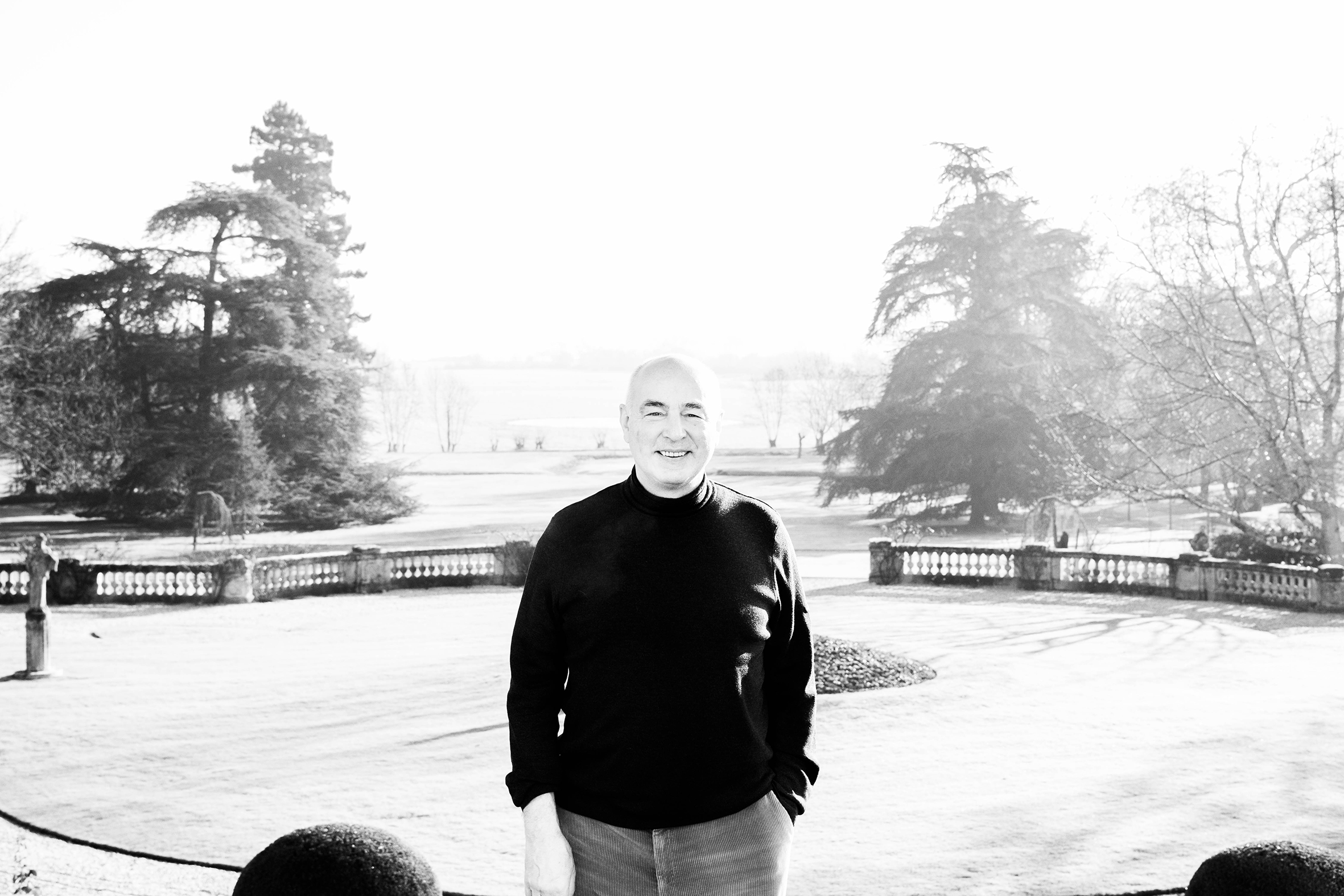
Born in 1956, Bruno grew up in a very different era for Bordeaux wine—before all the glitz, glamor, and commercialism we know today.
“In those times,” he once told me, “It was common, for special occasions, to give a sip of wine to children from the age of six. I can still picture myself enjoying a glass of ‘matured Ducru’ decanted by my father in the grand dining room of the castle, a Victorian room used for large family reunions during winter vacations. I can also remember stealing a few drops from the series of decanters prepared in the office adjacent to the dining room for the reception of some famous American or English wine merchant. In my childhood and adolescence, it was often 1961, 1959, 1955, or 1953, great vintages which are now part of me.”
After growing up on the estate and being schooled locally, Bruno left. He spent time working with wineries and importers in the USA prior to purchasing Lillet in 1985—then a tired aperitif brand—and embarking on an image-altering, globetrotting journey. Nearly two decades were spent improving the quality and reputation of Lillet, and then he came home.

“My father passed away in 1998,” says Bruno as we begin tasting. “My father was kind of a godfather to Jean-Michel Cazes and was very close to Emile Peynaud. He was among the first to travel to Japan and the USA to sell our wines. After his death in 2003, my family decided to reorganize the group. My mother and I stayed here at Ducru.”
At this juncture, Bruno’s brother, François Xavier Borie, chose to focus on the family’s Crus Classés in Pauillac: Grand-Puy-Lacoste and Haut-Batailley. Bruno was appointed head of Ducru-Beaucaillou on January 3rd, 2003.
In 2003, the whole family, not to mention the wine world, watched to see what Bruno could do with the estate.
It was the year that caught France off guard with a devastating heatwave that killed nearly 1,500 people, turning grapes into raisins before vignerons’ eyes. “I can still see Francis, our then vineyard manager, at the end of June 2003, entering my office and announcing to me that he had recruited a complete team for the ‘usual’ leaf thinning program, a rather new practice, making it possible to reach, without fail, every year the full maturity of the grapes,” Bruno told me some years ago. “I pointed out that, with the unusual scorching temperatures that we had already registered in June, it was perhaps necessary to change the model, let the canopy protect the berries from too direct exposure to the sun, limit the usual plowing and clawing of the soils to create a protective mulch. For me, it (2003) has been a good experience. There should be no preconceived model. We must adapt ourselves to the conditions given to us each vintage. And too bad if we have to give up a reassuring routine. Adaptability is the rule in modern vineyard management and winemaking.”
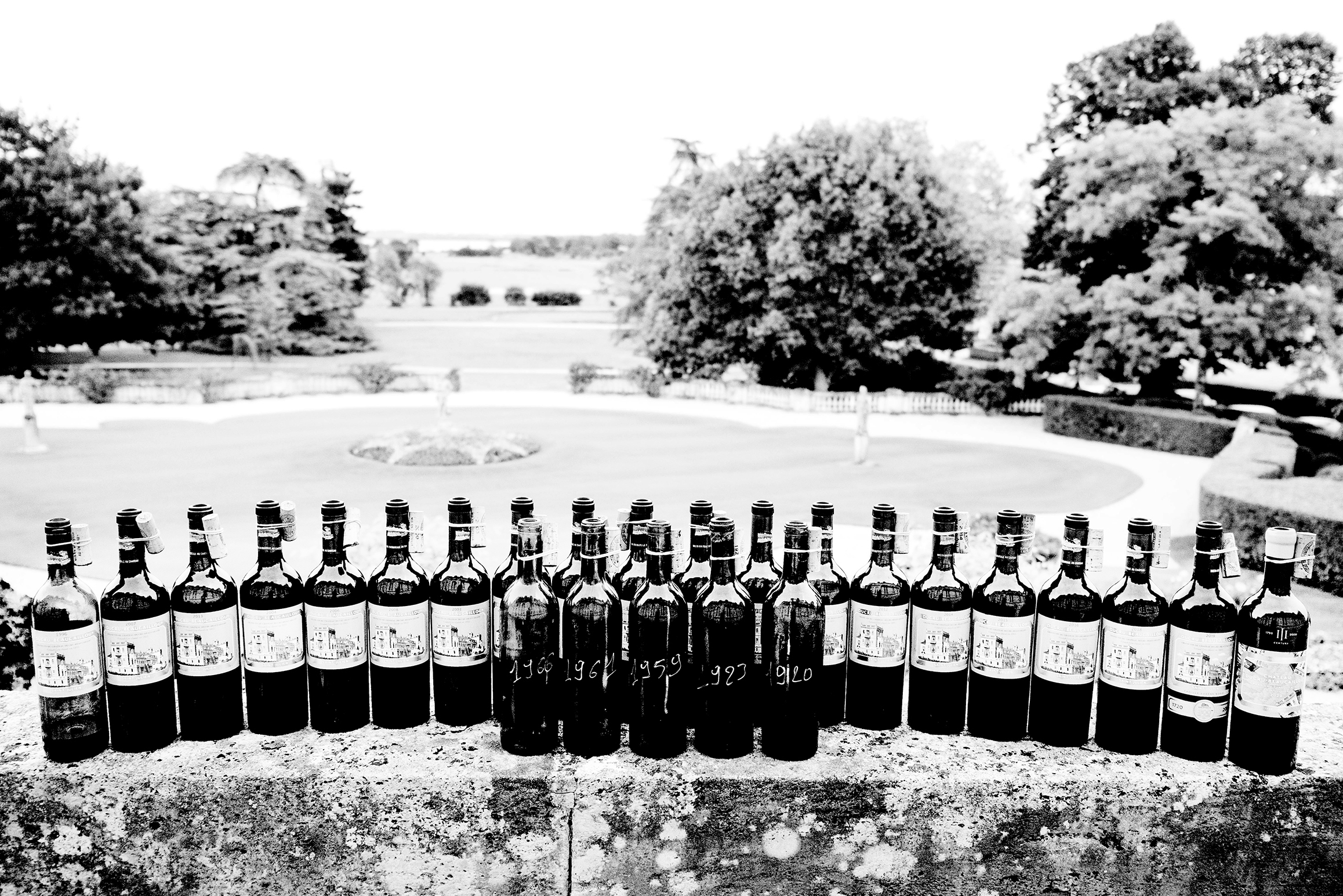
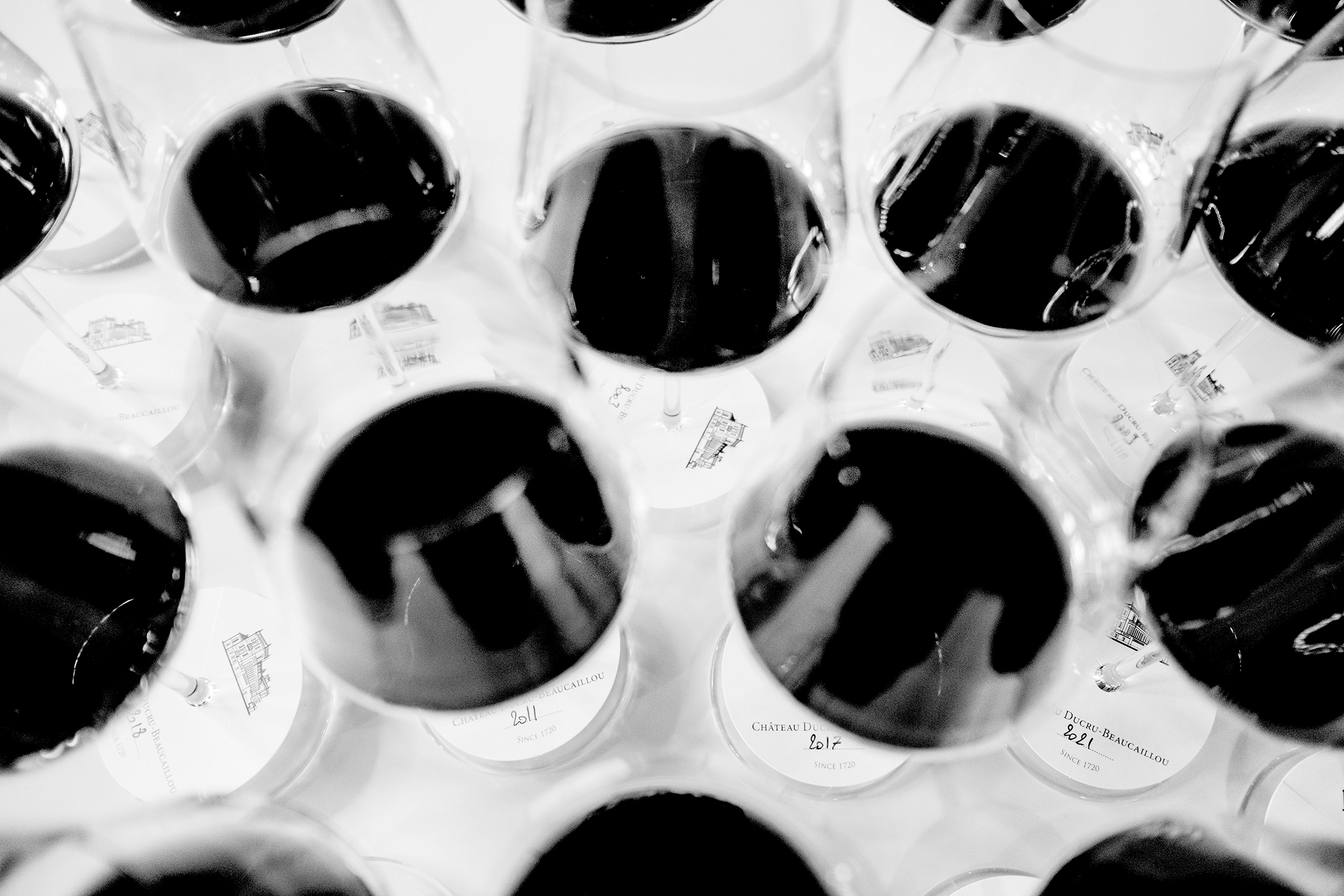
2003 was a year that demonstrated the benefits of Bruno’s adaptability.
“We did a diagnostic before really taking the château over,” says Bruno. “We changed the training on the vineyard to a higher canopy to spread it out and aid ripening. Then we started practicing much stricter selection.”
From Bruno’s first 2003 vintage, production of the grand vin was dropped from an annual 15,000-18,000 cases down to 10,000 cases. In recent years, production has been even lower at 7,000-9,000 cases per vintage. “This represents approximately one-third of our Saint Julien production, but the results in terms of quality are impressive,” Bruno said. “The DNA of Ducru remains today, but probably more precision, more purity, more complexity, a little more asserted character with controlled power, a more absolute harmony. Of course, we wish to continue further, and alongside our already very efficient operational technical department, we have set up a new Quality, Research & Development department.”
"The DNA of Ducru remains today."
After tasting all the wines made since Bruno took over the estate, Bruno reveals a collection of older vintages from the château’s cellar: 1996, 1966, 1961, 1959, 1923, and 1920. The 1959, Bruno knows well, is a wine I have tasted before with him, and it was a perfect experience that time, too. Granted, it doesn’t look like much to begin and needs a lot of patient swirling and shaking to wake up the most evocative, slumbering perfume. 1959 is a true Saint-Julien legend made by Bruno’s father, Jean-Eugene Borie, who not only crafted some of the château’s greatest wines but raised a family on the estate. What is evident when I taste these wines is that this is more than just a château for the current custodian of this enviable classified growth. For Bruno, it’s home.
“’ My pebble, my pride’ is my motto,” Bruno reminds us at the end of the tasting. “I was born and raised here.”
Article & Reviews by Lisa Perrotti-Brown MW
Photos by Johan Berglund
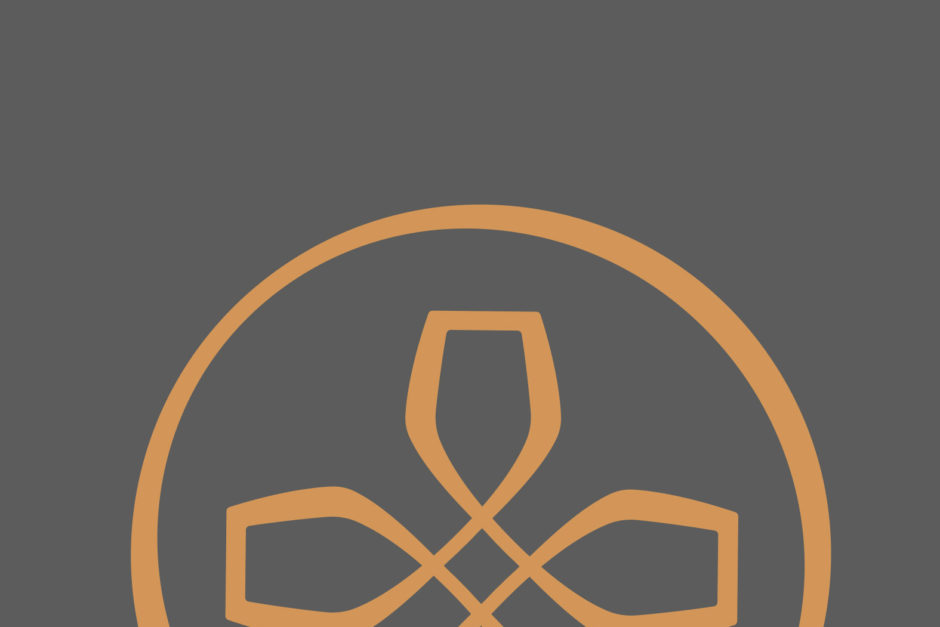
PRODUCERS IN THIS ARTICLE
> Show all wines sorted by scoreMore articles
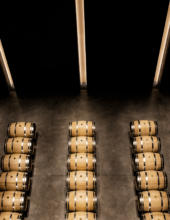
Bordeaux 2023 Vintage Report and Reviews from Barrel
09th May 2024
649 tasting notes
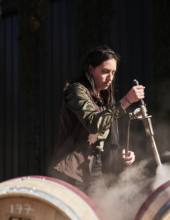
Cathiard Vineyard New Releases
02nd May 2024
3 tasting notes
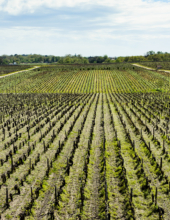
Bordeaux 2023 Preliminary Vintage Report and Reviews from Barrel
29th Apr 2024
56 tasting notes
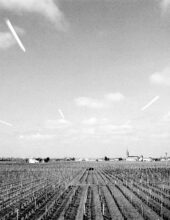
2021 Bordeaux in Bottle and A Modest Proposal
24th Apr 2024
599 tasting notes
Show all articles